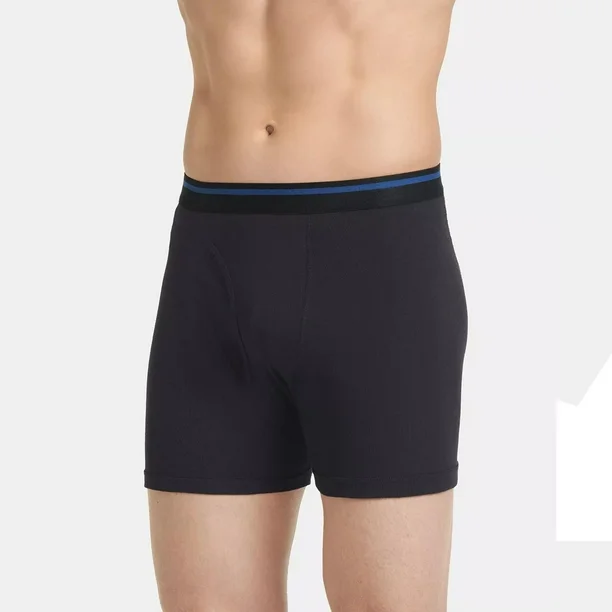History of Underwear Fashion: How Men’s Underwear Has Changed Over the Centuries
Men’s underwear has played an integral role in fashion and personal comfort since the beginning of time. The evolution of clothing for men is a reflection of the changing trends in fashion as well as culture and technological. From loincloths to the latest high-tech fabrics of today and more, it is a reflection of these changes. This article examines the evolution of the styles of underwear, the types of men’s clothing and the effect of sustainability on the market.
Ancient Times: The History of Men’s Underwear The Origins of Men’s Underwear
The ancient civilizations were among the first to use underwear for men. In Egypt, men wore linen loincloths, also known as “shendyts,” while the Romans and Greeks were fond of subligacula, basic fabrics that were worn underneath tunics. They were modest and protection from the elements.

The Middle Ages: The Rise of Braies
During the Middle Ages (5th to 15th century) Braies were popular among men loose-fitting linen undergarments that were secured with drawstrings. Braies, originally lengthier, became shorter as men’s underwear evolved. They were usually coupled with chausses – snug-fitting pants that were worn under tunics.
Breeches in the Renaissance and 18th Century
In the time of Renaissance the underwear worn by men had become more fitted. Braies were reduced and were replaced with breeches made of linen, silk or decorated with embroidery. The awareness of hygiene was the reason for the introduction of sweat-absorbing undershirts.
The 19th Century: Long Underwear and Industrial Advancements
The Industrial Revolution revolutionized san xuat quan lot nam kg garment fashion, introducing long-sleeved underwear, also known as union suits. Fabricated from cotton or wool the one-piece clothes provided warmth and were worn widely by laborers.
The 20th Century: Boxer Shorts vs Briefs Debate
In the late 1900s the introduction of boxer shorts was together with briefs. Everlast launched the first boxer briefs in 1925. Jockey introduced its briefs in 1935, which provided more support. This sparked the enduring debate between briefs and boxer shorts that each offer distinct style and comfort benefits.
The Late 20th Century: Designer Underwear and Performance Fabrics
In the 70s and 1980s, underwear was a major fashion accessory. Calvin Klein, among other brands, embraced fashionable waistbands with logos. The 1990s introduced boxer briefs that combine the protection of briefs while offering the convenience of boxers, diversifying the types of men’s underwear available.
The 21st Century: Sustainable Men’s Underwear
Sustainability has transformed the fashion of men’s underwear in recent years. Sustainable men’s underwear is constructed from organic cotton, recycled textiles, as well as bamboo fibres. Advanced materials that are anti-microbial and moisture-wicking capabilities ensure superior comfort.
Conclusion
Men’s underwear has developed from ancient times through to the present and is a reflection of both technological advancements and trends in fashion. It doesn’t matter if it’s boxer shorts or briefs, trendy styles, or sustainable men’s underwear Men today have many more options than they have ever. We’re likely to see more eco-friendly, comfortable, and stylish solutions for men’s underwear as the industry grows.
